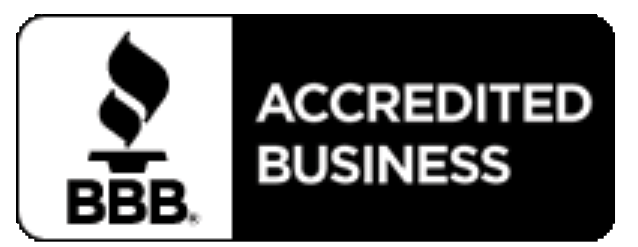In yesterday’s post we looked at eMarketer’s report speaking to programmatic ad fraud fears. Our commentary on that report is in yesterday’s blog post.
Today we’re going to discuss some ways for marketers to make programmatic media buys more targeted while fighting ad fraud and increasing viewability scores.
First, the marketer must have ongoing test and analysis infrastructure setup. It should at least have a directional understanding of how media partners and demand side platforms have combatted fraud and increased viewability in the past with specific statistics in mind. Every 3-6 months it should be testing the viability of current and new ad fraud prevention solutions.
When BrillMedia.co runs hyperlocal campaigns we’ll use an attribution partners that either use a panel base or device ID attribution to determine when users who have seen our ad walk into our clients’ location. You can do this with Sito Mobile, Foursquare or Ninth Decimal to understand exactly when users who see your hyperlocal ads walk into your store.
For viewability targeting there are a few things we do. The first is keep track of domains that have higher viewability rates. Measure viewability through Doubleclick and IAS. We’ll then model an ongoing list of white-listed sites. Marketers can work with Trust Metrics to make this happen. Second, target through any one of already integrated viewability settings. Run head to head tests consistently.
A custom white list also helps us prevent delivery of fraudulent ad impressions. For campaigns we’ll curate a site list that’s vertical specific, brand safe and high shows high quality content.
Through additional integrations with Integral Ad Sciences and their TRAQ score (True Advertising Quality) ads appear in placements measured to have a TRAQ score above 750, which is a scoring system that goes to 1,000. The higher the score the better quality the traffic is. IAS scans pages and analyzes them for activity patterns IP address traffic, inbound links, outbound links, content types, and the overall fingerprint of the traffic that goes to that page. The result is that the pre-bid integration allows us to block traffic that isn’t up to our standards, bid for the best impressions and keep fraudulent ad impressions out of our ad buying. Another partner that marketers can deploy is Oxford BioChronometrics that looks at the fingerprint of the user’s physical habits on the computer while they are surfing. This data is used to look at trends, because real world users on a mobile device or desktop will type in certain ways, move around the track pad in certain ways, and click with heavy reliance in certain places. When bot user behavior is exhibited they see it is out of sync with human behavior, and they report on the sites that deliver that behavior.
For specific advertisers we’ll increase the relevancy of the context by targeting, or blocking, content types. For example, for airlines we’ll exclude targeting to bad news and tragedies. For family brands we’ll include delivery on sensitive topics like gambling, drugs and alcohol.
Finally, we monitor ad delivery closely, and as sites show delivery we’ll black list the properties that are extreme outliers. We’ll look at the campaign performance, average rates for the campaign, scale and delivery. From there if we find there are outliers we explore more. Sometimes we make a judgment call, other times we outright block properties that don’t’ meet campaign specifications.
Across most major DSPs there are multiple vendors available to combat ad fraud that are integrated into the system: DoubleVerify, Integral Ad Science and Sizmek. Smart investment teams are testing performance across sites, publishers and targeting. Similarly, there should be testing for fraud levels, viewability and brand safety across vendors. A great example of why this testing is necessary is because there are often redundant measures, and to truly know which is best for an enterprise it’s necessary to test the same targeting with different safety parameters. For example, on a campaign these parameters should be tested head to head:
- Sizmek – Ad Fraud (or its subset categories Bot Sites and Zero Ads)
- IAS – Suspicious Activity Detection (Moderate and High, or High)
- Double Verify – Fraud & IVT by Impression
- Data request has invalid or missing IP address
- Data request has invalid or missing user-agent
- Impressions safe from all bot or invalid traffic
- Impressions safe from browser fraud
- Impressions safe from data center origination
Marketers need to take an always on approach when combatting fraud. If you are in the programmatic space having a person dedicated to preventing ad fraud is a good idea. Always test new demand side platform integrations. Set a system to see directional movement in key metrics around lowering bot traffic and increasing viewable ad impressions. Create enterprise-wide knowledge that arms the entire media team with tools to combat fraud and boost viewability based on past institutional learnings. Here white lists and black lists help. Compare performance of specific anti-fraud measures head to head. Finally, remember that there is no goal line. Keep pushing, use the available tools of the day, and innovate.



